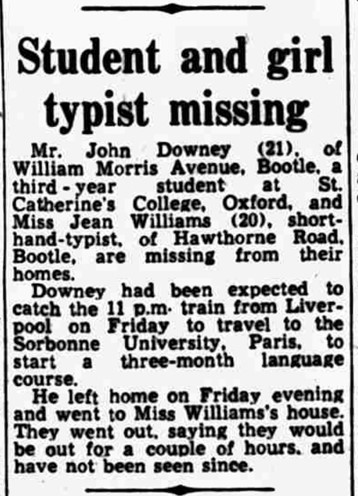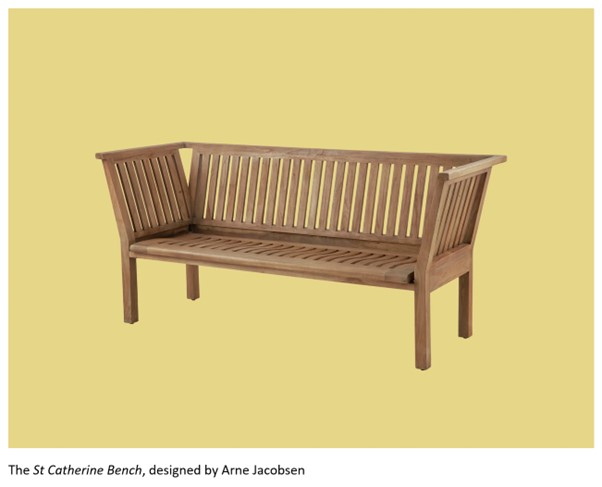The 1852 Royal Commission into the universities of Oxford and Cambridge proposed an innovation – that there should be a means for students to study at the university without being a member of a college. We have seen how at Cambridge this led to the creation of what became Fitzwilliam College – but what about Oxford?
The University’s statutes were amended in June 1868 to provide for a delegacy for Scholares nulli Collegio vel Aulae ascripti, or scholars enrolled in no college or hall. This became known as the Delegacy for Unattached Students: the virtue of the delegacy was that it would be much cheaper for a student to attend and study at the university.
Students could attend university lectures, and there was a room with a library of books given by donors. By 1872, 330 students had started to study in this way; by 1914 more than 4,000. In 1884 the delegacy was renamed the Delegacy for Non-Collegiate Students, and in 1888 it moved to a larger building on the High Street: 66 feet by 35 feet, a basement, ground and two additional floors according to the Oxford Chronicle and Reading Gazette of 13 October that year. This had space for lectures, rooms for tutors and administrators, and a better library; it was a “handsome building” in “the Jacobean order.”
The students, although not attached to a college, were not without corporate spirit, and in 1869 formed the Clarendon University Club, taking the name from the original premises. By 1874 the club was meeting in St Catharine’s Hall, and called themselves the St Catharine’s Club. (No, I haven’t spelt that wrong. Yes, they did spell it differently to the college.)
In the meantime the delegacy continued to thrive, moving again in 1936 to larger premises. Apparently, life was beginning to feel more and more collegiate in character, and in 1956 the university agreed to the transmogrification of the Delegacy for Non-Collegiate Students into a full college of the university, to be called St Catherine’s College.
As is so often the case, this looks like governance catching up with reality. See, for example, this cutting from the Bradford edition of the Yorkshire Observer of 18 October 1955, in which the missing student was identified as studying at St Catherine’s College, when it would still have been the delegacy (pedantry aside, I hope nothing bad became of John and Jean).

But is it one thing to be legally a college, and quite another to have all of the trimmings. Land was purchased from Merton College (eight acres in central Oxford for £58,000 – it makes you weep). The University Grants Committee chipped in with £650k; two industrialists gave £1 million, and building work commenced. The new college, as shown on the card, opened in 1962. It was designed by Arne Jacobsen, the influential Danish designer and architect, who also designed the “St Catherine” benches which are dotted round the college. Recently RAAC was found in the college’s buildings, resulting in the temporary closure of some parts and no doubt some discombobulation.

The college initially admitted only men; in 1974 it was one of the first Oxford colleges to become co-educational. Alumni include J Paul Getty, Benazir Bhutto and Peter Mandelson, who, if they all went into a pub together, would be the start of a great joke.













Sadly, I don’t think John and Jean’s story has a happy ending: https://www.findagrave.com/memorial/240589976/john-downey